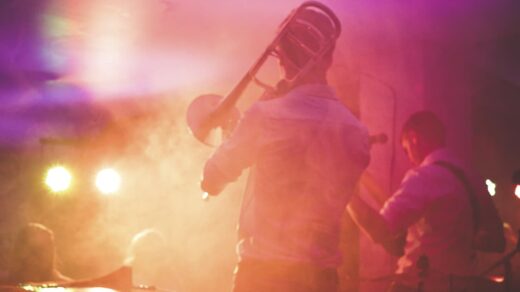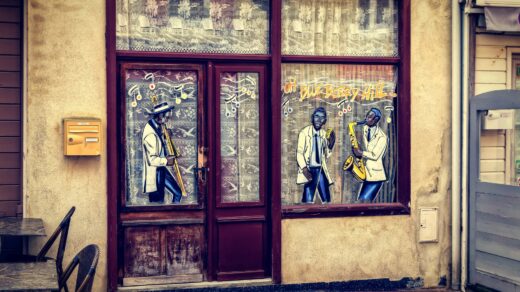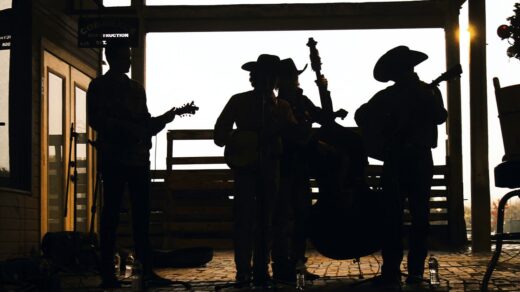Folk music is a part of folklore and is traditionally passed down from generation to generation. Folk music is part of folklore and is traditionally transmitted “by word of mouth”, that is, it has no written form. It should be taken into account the fact that folk music is peculiar not only to oral but also to written social and historical formations. Therefore, it is advisable to consider folk music as a significant part of the musical art in general, as opposed to the academic and popular music.
The formation of folk music
It is believed that folk music took shape in the pre-writing period. In other words, until the opportunity to record music on paper, all of the existing musical tradition was transmitted orally, and therefore had the main feature of folk music.In this period and formed the main features of folk music. Their study because of the lack of written sources is very difficult. You can go by searching for analogies in related spheres of human activity or analyze the few existing written or material sources (in particular chronicles, found ancient musical works…). Another way is to analyze modern folk music, which in many ways has inherited the principles of its ancient forms.
The Religious Origins of Folk Music
The question of the relationship between folk and spiritual music is acute to this day. On the one hand, religious songs that became popular with the people gradually passed into the category of folk music tradition. This was particularly the case with religious Christmas songs in Poland, France, England, and Germany, which over time came to be regarded as folk songs (carols, carols, noels…). On the other hand, folk music often evolved in opposition to religious canons.
Stages of Folk Music Evolution
Historians of music distinguish three stages in the development of musical folklore.The first stage concerns the most ancient period of the history of society, which is usually limited to the moment of the first mention of the tribe, on the one hand, and the period of the formal adoption of a single state religion in the society that grew out of that tribe, on the other hand.
The second stage in the development of folk music is the Middle Ages, when certain ethnic groups finally formed and folklore in its classical form appeared. In Europe, folk folklore of this period was represented by oral works of the so-called peasant music.
The third era concerns modernity, more precisely, new and modern history. Its main feature is diversity. In most countries it is primarily the transition to the capitalist system and the development of urban culture. For folk music of the modern period is characterized by a change of traditions, the emergence of new forms.
However, due to the different socio-historical characteristics of folk music in different countries at the present stage of development differently. In particular, folk music in Eastern countries is not divided into peasant and urban traditions, as in Europe.
If we consider European folk music, all three stages of development outlined above can be clearly seen. Thus, the most ancient forms of folklore, epic and ritual, passed into the period of lyrical genres in the Middle Ages, and at the present stage they acquired a written form and dance accompaniment.











